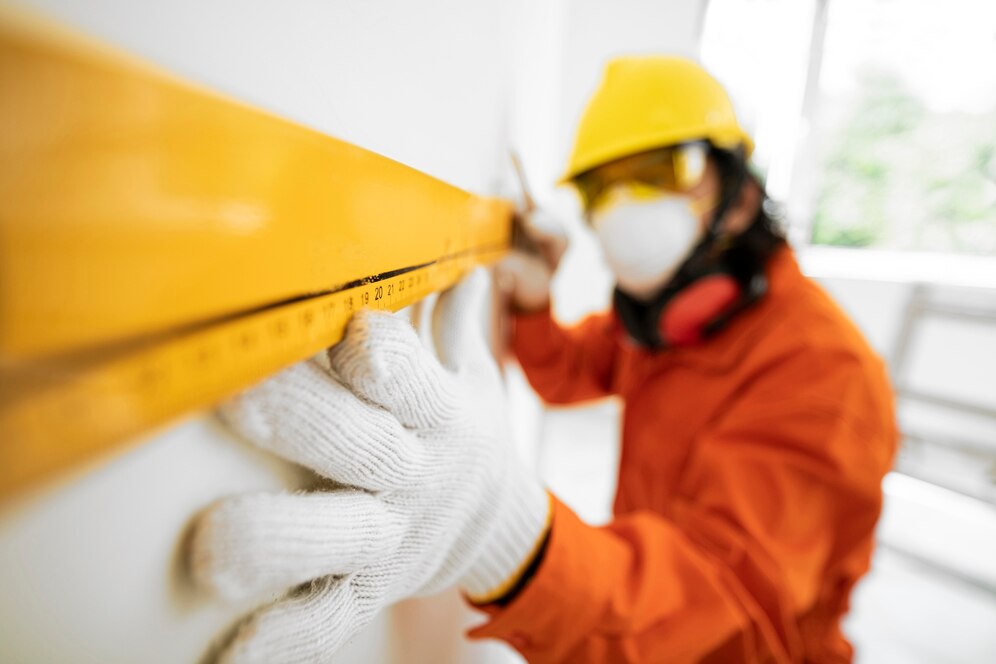
Spray foam insulation is one of the most effective ways to insulate your home, offering superior thermal protection, moisture resistance, and noise reduction. Whether you’re insulating walls, attics, or crawl spaces, the right thickness of spray foam is crucial for maximizing energy efficiency and ensuring a comfortable indoor environment. But how thick should spray foam insulation be? The answer depends on several factors, including the type of spray foam being used, the area being insulated, and the building codes in your location.
In this blog, we’ll explore the recommended thickness for spray foam insulation and the factors that influence these guidelines.
Understanding Spray Foam Types
Before determining the appropriate thickness, it’s essential to understand the two main types of spray foam insulation: open-cell and closed-cell foam. Both types have different characteristics, which influence their recommended application thickness.
Open-Cell Spray Foam
Open-cell spray foam is less dense and more flexible than its closed-cell counterpart. It has a lower R-value, typically around 3.5 to 3.7 per inch, meaning it provides less thermal resistance. However, it expands more upon application, filling cavities and small gaps effectively. Open-cell foam is commonly used for interior walls, attics, and soundproofing.
Closed-Cell Spray Foam
Spray foam with closed cells has a higher density and an R-value, usually between 6 and 7 per inch. This type of spray foam is also more rigid and serves as an excellent vapor barrier, preventing moisture from seeping into the insulated space. Closed-cell foam is typically used in areas that require a high level of insulation, such as exterior walls, basements, and crawl spaces.
Factors Affecting Spray Foam Thickness
The optimal thickness of spray foam insulation depends on several factors, including the type of spray foam, climate, and the part of the home being insulated. Here’s a breakdown of these key considerations:
Climate Zone
The thickness of spray foam insulation should vary depending on the climate zone where your home is located.Whereas in warmer climates the emphasis is on keeping heat in, stronger insulation is required in colder climes to prevent heat from escaping.
Guidelines for suggested R-values for various climate zones are provided by the U.S. Department of Energy. For instance, a higher R-value for the external walls may be necessary in a colder region, requiring thicker insulation. In such regions, closed-cell spray foam may need to be applied at a thickness of 4 to 6 inches in walls and up to 8 to 10 inches in attic spaces. In warmer climates, 2 to 3 inches of closed-cell foam might suffice, providing adequate thermal protection without the need for excessive thickness.
Area of Application
The thickness of spray foam insulation can also vary depending on the area being insulated. For example:
- Exterior Walls: For most exterior walls, 2 to 3 inches of closed-cell spray foam is usually sufficient to provide a strong barrier against heat loss, moisture, and air leakage. This thickness will typically meet or exceed building code requirements for energy efficiency.
- Attics: Because attics have a higher surface area exposed to outside temperatures, extra insulation is frequently needed there. Open-cell spray foam may be placed at a thickness of 6 to 10 inches, whereas closed-cell foam may need to be applied at 4 to 5 inches for best thermal protection.
- Basements and Crawl Spaces: These areas are more prone to moisture problems, making closed-cell spray foam an ideal choice. A thickness of 3 to 4 inches of closed-cell foam can provide excellent insulation and a moisture barrier.
Building Codes and R-Value Requirements
Most regions have specific building codes that dictate the minimum R-value for insulation in various parts of a home. The R-value is a measure of how well the insulation resists the flow of heat. The higher the R-value, the better the insulation’s performance.
For example, building codes in colder regions may require walls to have an R-value of at least 20, while attic spaces may need an R-value of 38 or higher. To meet these R-value requirements with spray foam, you will need to adjust the thickness based on the type of foam. Closed-cell foam, with its higher R-value per inch, will require less thickness to meet the same standard compared to open-cell foam.
Budget and Space Constraints
Although there are practical limits to take into account, thicker spray foam insulation offers superior energy efficiency. Thickner coats may come with a higher price tag because the cost of spray foam escalates with material usage. Furthermore, more dense foam might take up less space for living, particularly in confined spaces like attics or walls.
Striking the ideal balance between thickness and affordability is crucial for homes on a tight budget. In certain cases, spray foam insulation can be combined with other insulating materials, such as fibreglass batts, to achieve the necessary R-value without applying an excessively thick layer of spray foam.
Conclusion: Finding the Right Thickness
The exact requirements of your house, such as the local building codes, the area that has to be insulated, and the environment, will determine how thick the spray foam insulation should be. For the majority of uses:
- Closed-cell spray foam should be applied at a thickness of 2 to 3 inches for walls and 4 to 5 inches for attcs and basements in most climates.
- Open-cell spray foam typically requires a thickness of 6 to 10 inches for attics and 3 to 4 inches for interior walls.